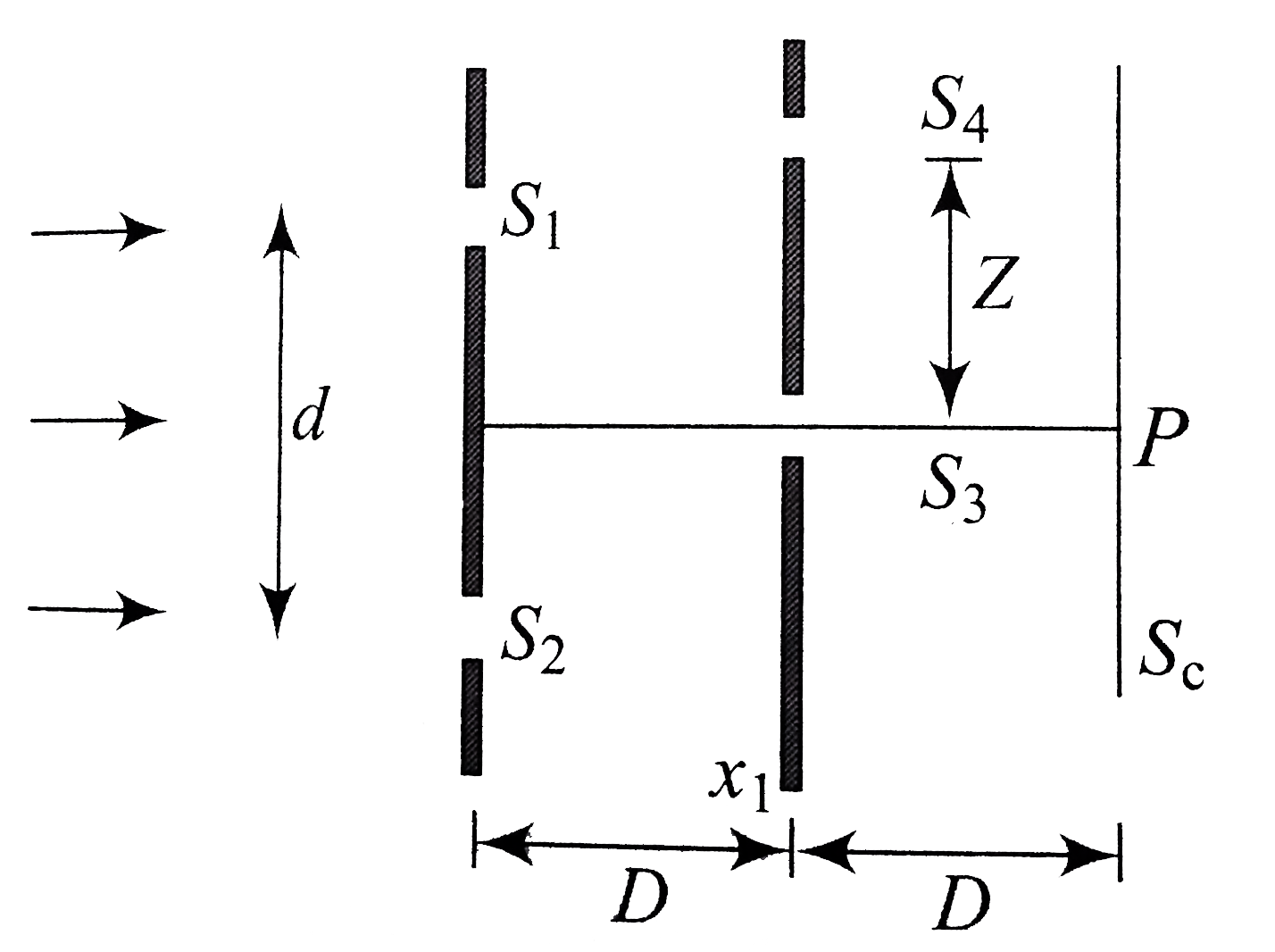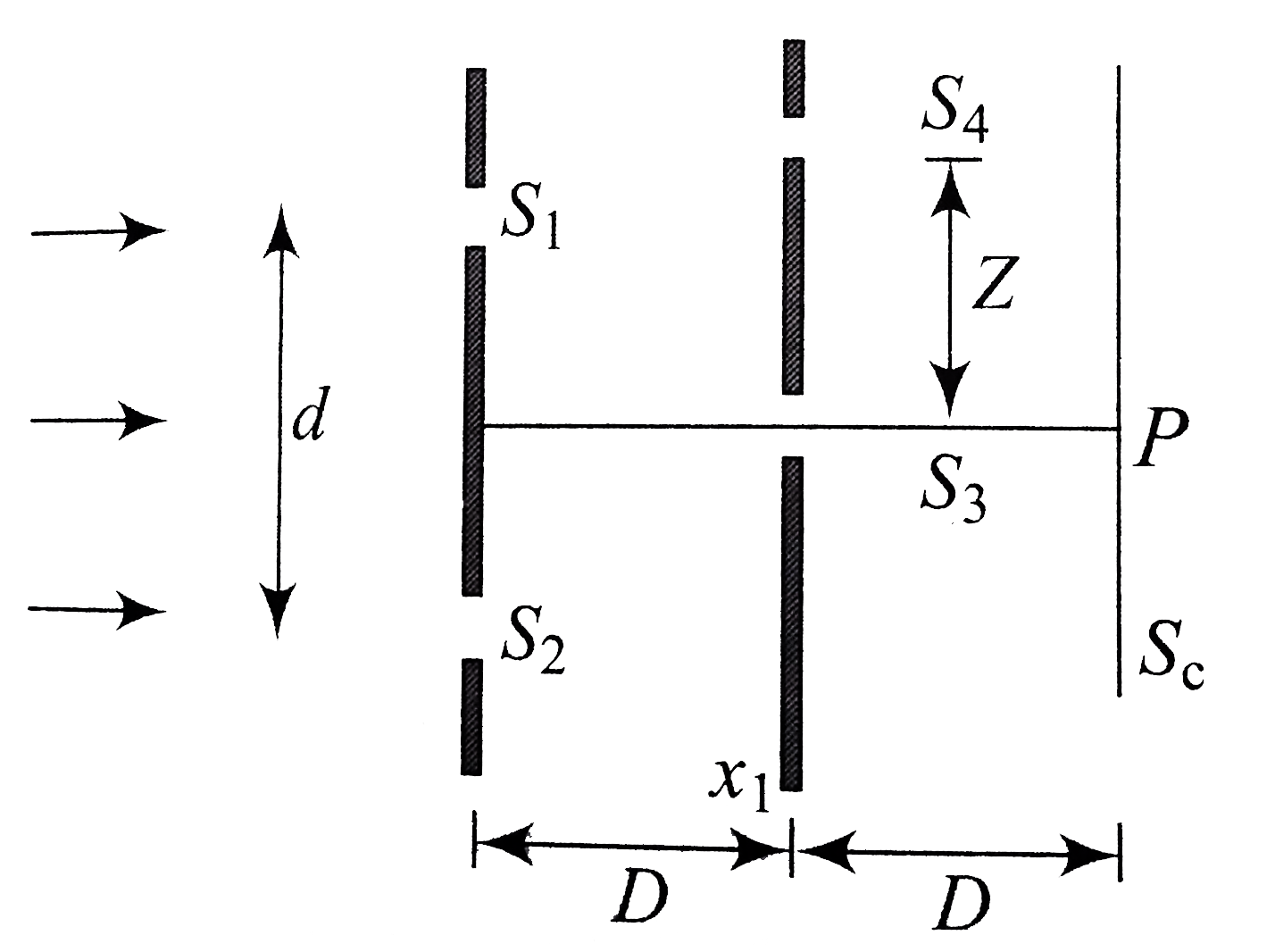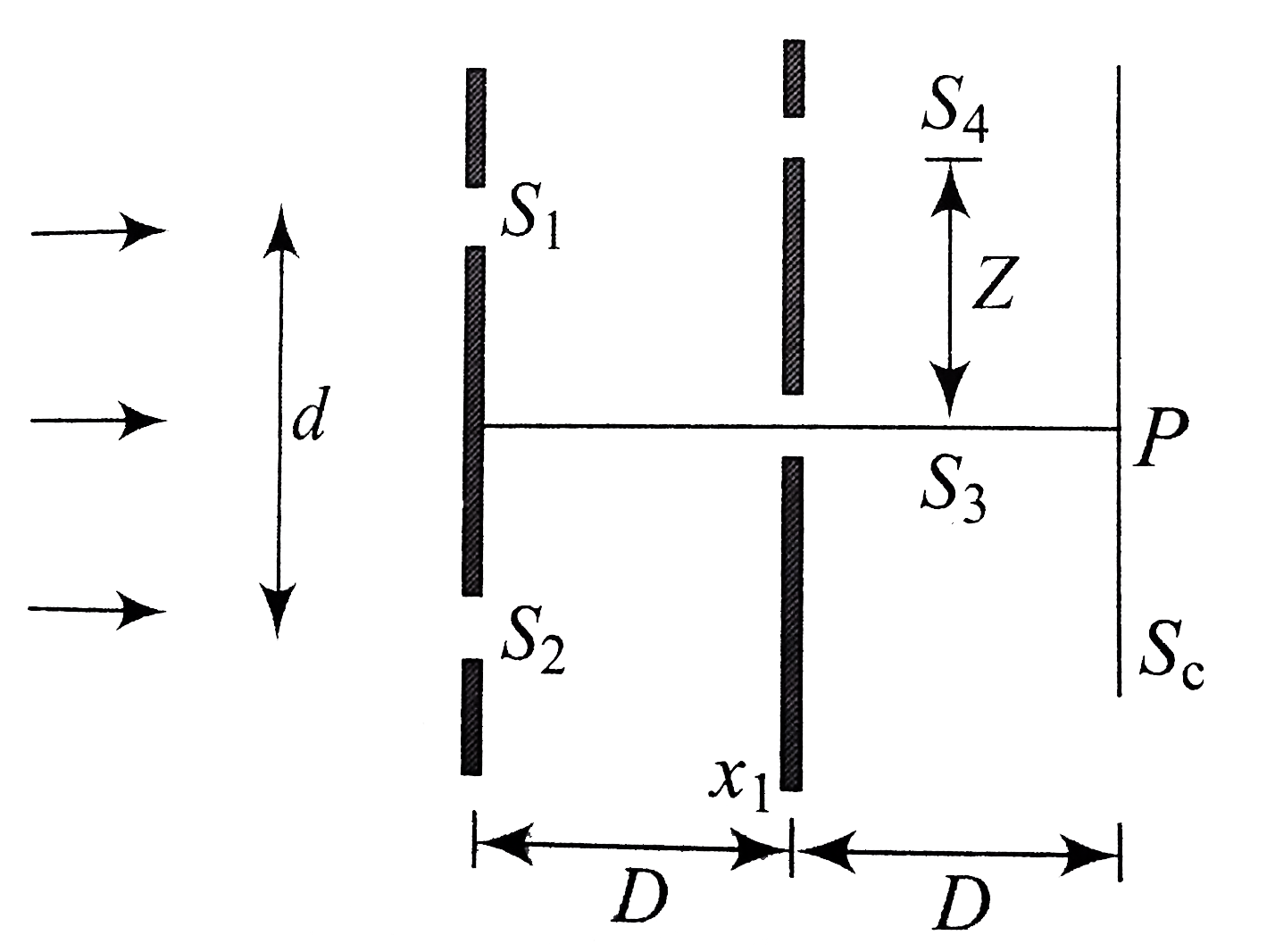Assume (unrealistically ) that a TV station acts as a point source broadcasting isotropically at 1.0 MW. What is the intensity of the transmitted signal reaching proxima Centauri the star nearest our solar system 4.3 ly away ? A light -year (ly) is the distance light travels in one year .
4.8×10−29W/m2
Topper's Solved these Questions
- ELECTROMAGNETIC WAVES BOOK - RESNICK AND HALLIDAYCHAPTER - ELECTROMAGNETIC WAVES EXERCISE - PRACTICE QUESTIONS (Single Correct Choice Type )
62 Videos
- ELECTROMAGNETIC WAVES BOOK - RESNICK AND HALLIDAYCHAPTER - ELECTROMAGNETIC WAVES EXERCISE - PRACTICE QUESTIONS (More than One Correct Choice Type )
4 Videos
- ELECTROMAGNETIC WAVES BOOK - RESNICK AND HALLIDAYCHAPTER - ELECTROMAGNETIC WAVES EXERCISE - CHECKPOINT
3 Videos
- ELECTROMAGNETIC OSCILLATIONS AND ALTERNATING CURRENT BOOK - RESNICK AND HALLIDAYCHAPTER - ELECTROMAGNETIC OSCILLATIONS AND ALTERNATING CURRENT EXERCISE - Practice Questions (Integer)
7 Videos
- FLUIDSBOOK - RESNICK AND HALLIDAYCHAPTER - FLUIDSEXERCISE - PRACTICE QUESTIONS (Integer Type )
5 Videos
Similar Questions
During an experiment, a signal from a spaceship reached the ground station in five minutes. What was the distance of the spaceship from the ground station ? The signal travels at the speed of light, that is, 3×108m/s.
View SolutionA monochromatic point source(S1) is at a distance d from a screen. Another identical source (S2) is at a large distance from the screen. The two sources are on a line which is perpendicular to the screen. Sources are coherent. What is the shape of interference fringes on the screen?
(b) Three identical coherent sources are placed on a straight line with two neighbouring ones separated by a distance d = 0.06 mm. The sources produce monochromatic light of wavelength λ = 550.4 nm. A line AB is located at a distance D = 2.50 m from the sources and is perpendicular to line joining the three sources. Intensity of light at P with any one of the sources switched on is Io. Find the intensity when all three sources are switched on. Distance of point P from O isy = 1.72 cm (see figure)

View Solution
Knowledge Check
The nearest star to our solar system is 4.29 light year away. How much is this distance in terms of parsecs/?
A1.32B3.21C2.31D3.12Astronomical distances are so large compared to terrestrial ones that much larger units of length are used for easy comprehension of the relative distances of astronomical objects. An astronomical unit (AU) is equal to the average distance from Earth to the Sun, 1.50×108km. A parsec (pc) is the distance at which 1 AU would subtend an angle of 1 second of arc. A light year (ly) is the distance that light, traveling through a vacuum with a speed of 3.00×105 km/s, would cover in 1 year.
Express a light - year and a parsec in kilometers.A9.48×1011km,4.08×1013kmB9.48×1012km,3.08×1013kmC9.48×1012km,3.08×1014kmD8.48×1012km,4.08×1013kmWhen we look at the sky in a clear night, we find the sky full of stars, filling every. portion of the sky almost uniformly. But on a very careful observation through highly sophisticated instruments, one would observe dark areas in portions of the observable universe devoid of stars. Such a region is known as a dark nebula. A dark nebula is basically a cold gas cloud in interstellar space that contains enough material to block out light from stars behind it. A typical dark nebuta is about 20 light years in diameter and contains about 50 hydrogen atoms per cubic centimeter (monatomic hydrogen, not H2) at a temperature of about 20 K. (A light year is the distance light travels in vacuum in one year and is equal to 9.46×1015m).
What would be the mean free time (average time between collisions)A6.4×108sB3.2×108sC6.4×109sD3.2×107s
Four monochromatic and coherent sources of light emitting waves in phase at placed on y axis at y = 0, a, 2a and 3a. If the intensity of wave reaching at point P far away on y axis from each of the source is almost the same and equal to I0, then the resultant intensity at P for a=λ8 is nI0. The value of [n] is.
Here [] is greatest integer funciton.
View SolutionConsider the following statements:
1. The nearest large galaxy of Milky Way is the Andromeda galaxy.
2. The Sun’s nearest known star is a red dwarf star called Proxima Centauri, at a distance of 4.3 light years away.
Which of the above statement(s) is/are correct?
View SolutionConsider the situation shown in fig. The two slits S1 and S2 placed symmetrically around the central line are illuminated by monochromatic light of wavelength λ. The separation between the slit is d. The ligth transmitted by the slits falls on a screen S0 placed at a distance D form the slits. The slit S3 is at the central line and the slit S4 is at a distance z from S3 Another screen Sc is placed a further distance D away from Sc Find the ratio of the maximum to minimum intensity observed on Sc

If z=λD4d
View SolutionConsider the situation shown in fig. The two slits S1 and S2 placed symmetrically around the central line are illuminated by monochromatic light of wavelength λ. The separation between the slit is d. The ligth transmitted by the slits falls on a screen S0 placed at a distance D form the slits. The slit S3 is at the central line and the slit S4 is at a distance z from S3 Another screen Sc is placed a further distance D away from Sc Find the ratio of the maximum to minimum intensity observed on Sc

If z=λD2d
View SolutionConsider the situation shown in fig. The two slits S1 and S2 placed symmetrically around the central line are illuminated by monochromatic light of wavelength λ. The separation between the slit is d. The ligth transmitted by the slits falls on a screen S0 placed at a distance D form the slits. The slit S3 is at the central line and the slit S4 is at a distance z from S3 Another screen Sc is placed a further distance D away from Sc Find the ratio of the maximum to minimum intensity observed on Sc

If z=λDd
View Solution
